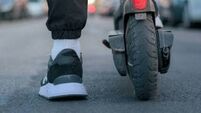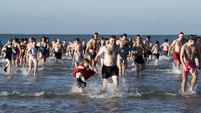Car VRT ‘discourages safety features’
The Society of the Irish Motor Industry claimed Vehicle Registration Tax (VRT) imposed on technology like airbags and side-impact bars can add thousands of euro to the overall purchase price.
SIMI chief executive Cyril McHugh told the Oireachtas Committee on Enterprise and Small Business: “Subjecting safety features on a 1900cc family car incurs VRT at 30% and adds 43% to the cost.













